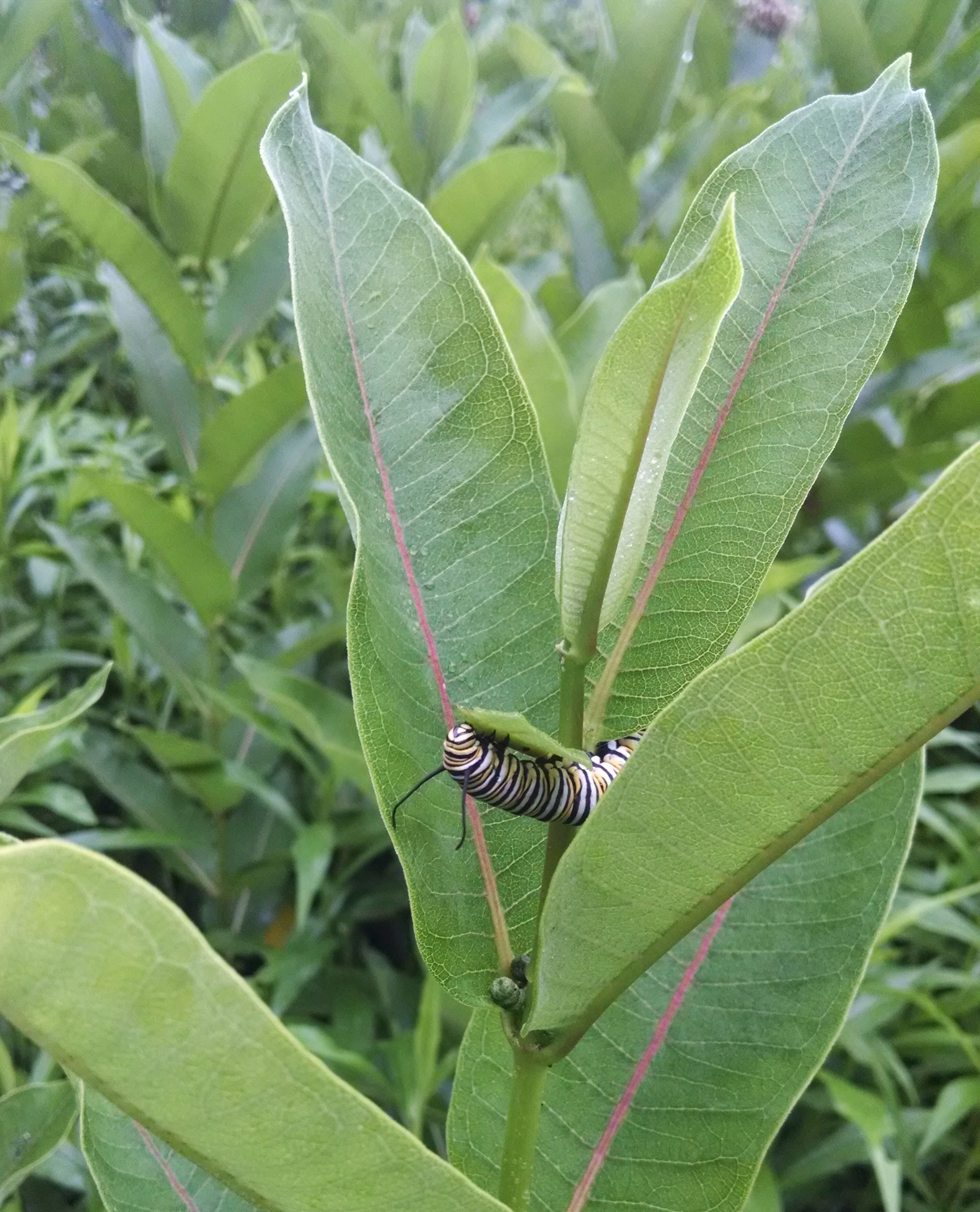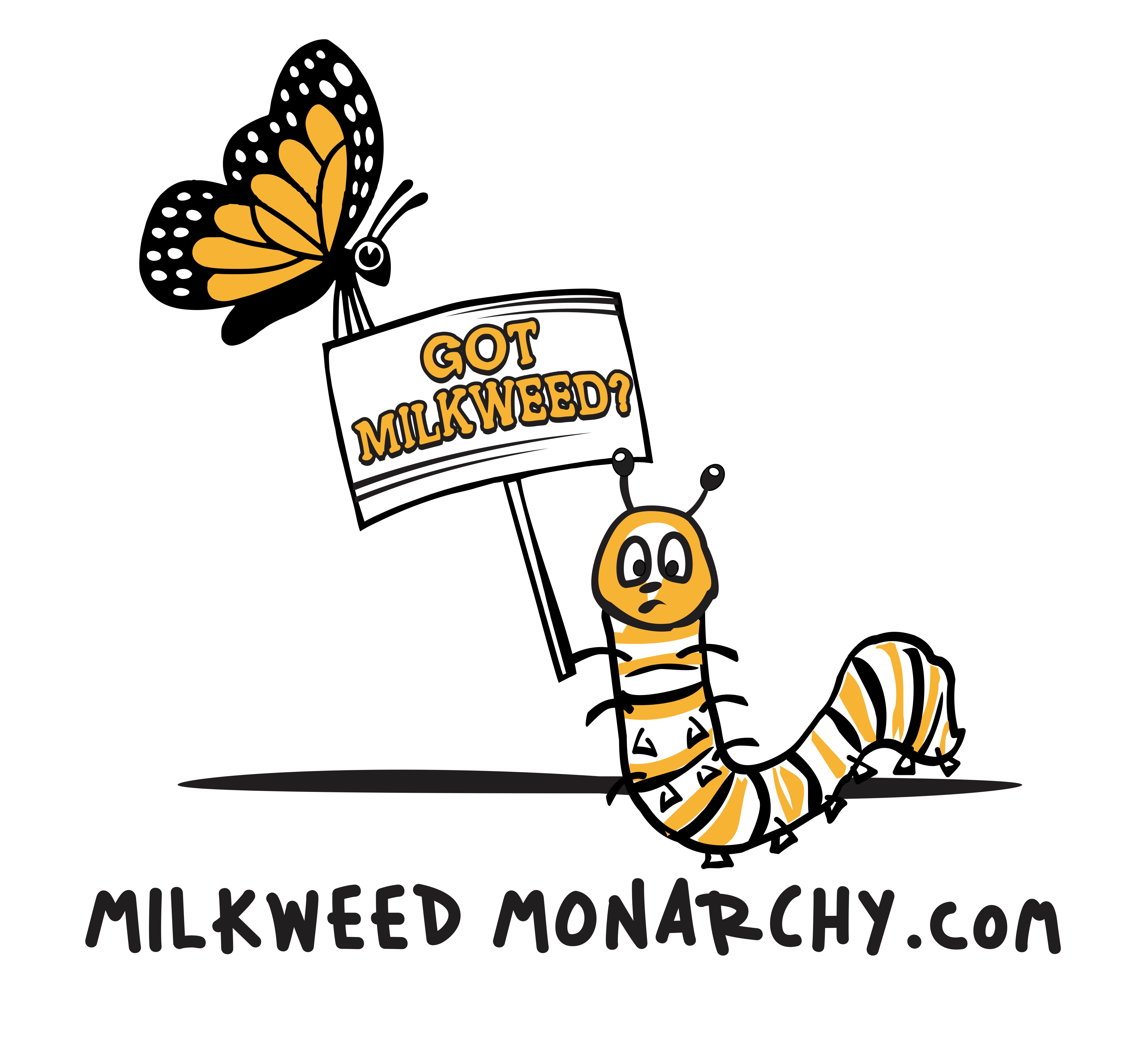How Growing Milkweed Plots in the PA Wilds Can Help Save Our Pollinators
By Jeff Rankinen
It all started about five years ago. My wife, Amy, and I had been weeding our pastures for years of milkweed, because of a mild poison within that is dangerous for our horses (it’s also dangerous for cows). But then we learned about how the milkweed plant plays an important role in the natural environment, specifically how integral it is to the life cycle of Monarch butterflies and pollinators. We decided to get involved – and change our habits of weeding those plants!
Over the years, we’ve learned a lot – and we’re passionate about helping others to understand this important flora so we can help Monarch butterflies. There are many benefits to the milkweed plant that may surprise you. Named after the Greek god of medicine, Asclepius, the plant has many medicinal uses. There are over 100 species of milkweed in North America. Eleven species are native to Pennsylvania.
Unfortunately, the milkweed plant has been targeted by chemical weed control and the decline of the plant has also caused the population of monarch butterflies to plummet because of the monarch butterfly’s dependence on the milkweed plant for survival.
Dave Folk of Folk’s Butterfly Farm, Nescopeck, PA, was instrumental in helping us learn about the habitat needed for the monarch caterpillar. The monarch butterfly feeds on many flowering plants and trees, but requires the milkweed plant to lay eggs and feed the hatched caterpillars. After the eggs hatch in about 5 days, tiny caterpillars emerge and start feeding on the milkweed leaves. After about 10 days of feeding the caterpillar forms a chrysalis, and another 10 days later a caterpillar emerges and begins a new cycle. In late summer, the last generation of butterflies does not breed, but begins the migration south to as far as Mexico – a 3,000 mile journey.

The Mexican wintering grounds were only discovered in 1975. In 1991, the population of monarch butterflies was estimated at one billion, occupying 52 acres of forest. The 2013 population estimate dropped to 13 million and covered less than 2 acres of forest. The main reason for this population decrease is the relentless spraying of glyphosate herbicides (Roundup) in the U.S. Corn Belt. In order to return north in the spring, the monarch caterpillars need multiple generations and breed along the way. Without an abundant supply of milkweed, fewer caterpillars return to begin the cycle again.
The milkweed plant has many uses, but commercialization of the milkweed plant has yet to be widely successful. It is interesting to note that the one part of the milkweed plant that is not commercially useful is the leaf. The leaf is the only part of the plant that is eaten by the monarch caterpillar. If there was widespread commercial growing of milkweed, the monarch caterpillar would not significantly harm the harvest of the profitable seed pods, stems and roots.
Much of the other parts of the plant are in use in a variety of ways.
- Milkweed floss (the hairy-like fiber attached to the seed) is used by the Ogallala Comfort Company along with goose down to create hypoallergenic pillows and comforters. It is also used by The Quartz Company of Canada to line winter jackets.
- According to the Milkweed Balm Company, anti-inflammatory agents and antioxidants in milkweed seed oil relieve pain and enhance sports activities. Researchers are extracting a chemical extracted from the seeds for use as pesticide for nematodes. Nematodes are a type of parasite that can be harmful to crops.
- The milky substance that oozes from milkweed leaves and stems, milkweed latex, is considered a natural remedy to remove warts. Research has also suggested the sap is effective in curing non-melanoma skin cancers. The sap can also be converted to rubber.
- The tough, stringy fibers in the plant’s stem can be twisted into strong twine and rope, or woven into coarse fabric.
- The roots, or rhizomes, are used in natural remedies such as treatment of lung conditions, poor circulation, lymphatic drainage, chronic constipation and rheumatoid arthritis.
In Pennsylvania, there are a variety of organizations and companies involved with the monarch butterflies and the milkweed plant. You can help the monarch butterfly by growing one or more varieties suitable for your area and by learning more about the milkweed plant. The milkweed plant is perennial, so once established, the milkweed plant comes back year after year – helping to ensure the survival of the monarch butterfly.
Since the beginning of our journey learning about milkweed and monarchs, we have converted 4 acres of our farmland from hay to milkweed – and we haven’t looked back since!
Inspired by the Duck Dynasty television show, Amy and Jeff Rankinen named their Lycoming County, PA milkweed farm in a similar fashion: Milkweed Monarchy. A member of the Wilds Cooperative of Pennsylvania, Milkweed Monarchy works to both increase awareness of the plight of the monarch butterfly and other pollinators and encourage planting of pollinator plots. The company sells products related to the plant through eBay and Kickstarter campaigns. Sales help support restoration efforts for the milkweed plant. Learn more at www.MilkweedMonarchy.com or www.kickstarter.com/projects/274547468/wild-about-monarchs-save-the-monarch-butterfly.



